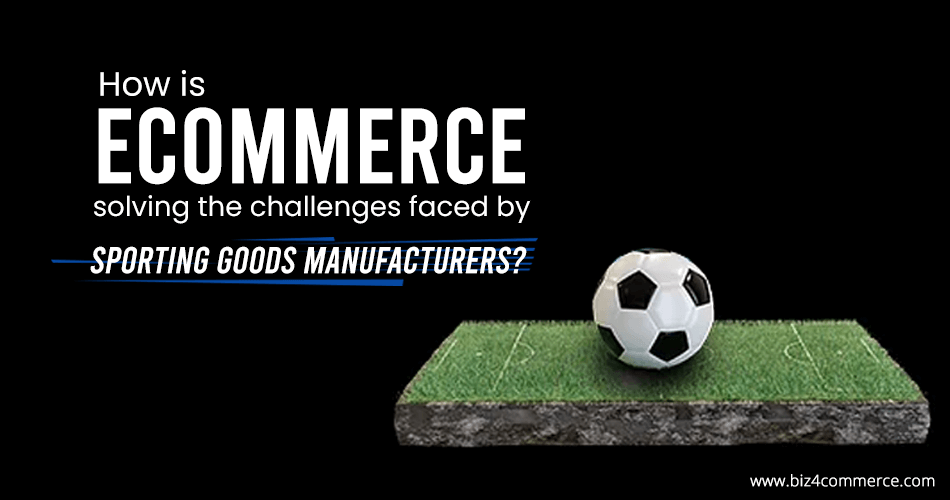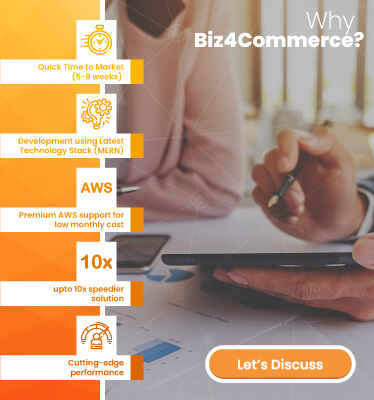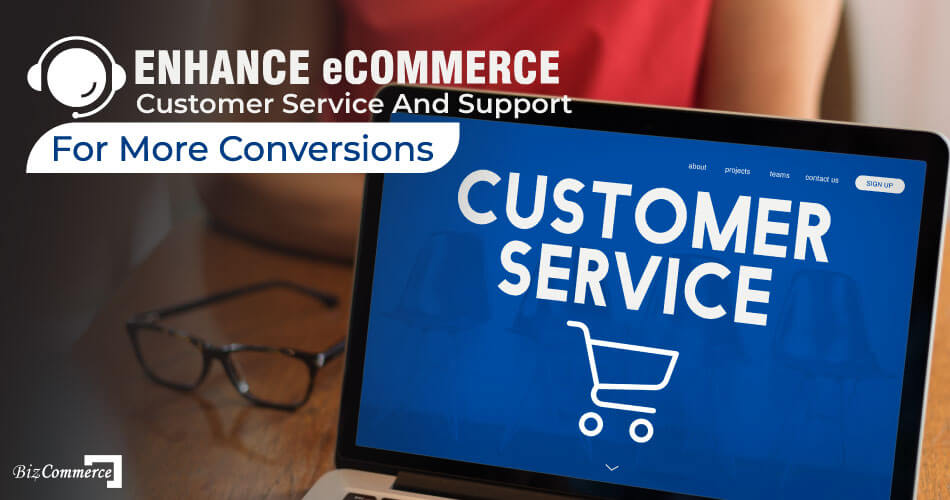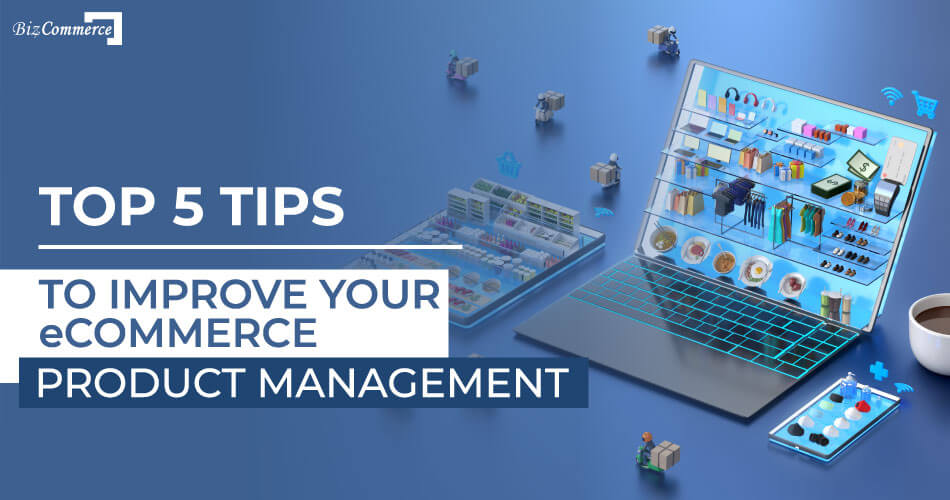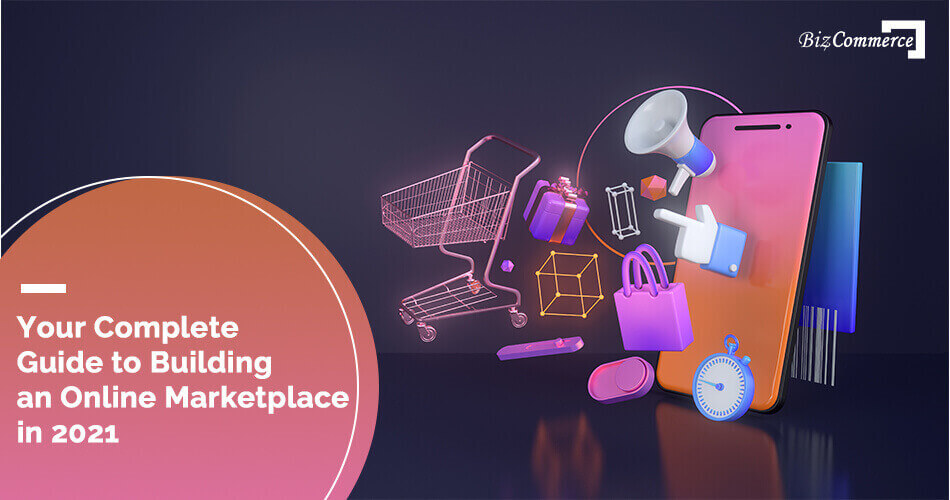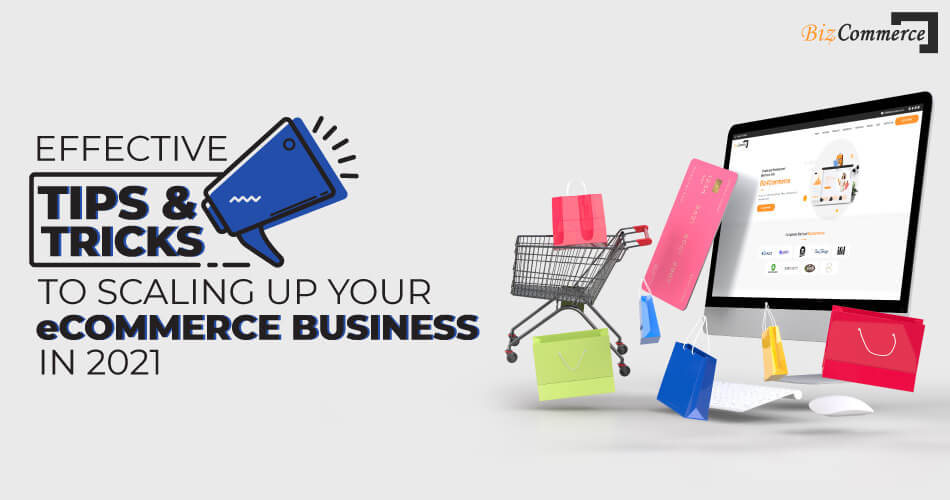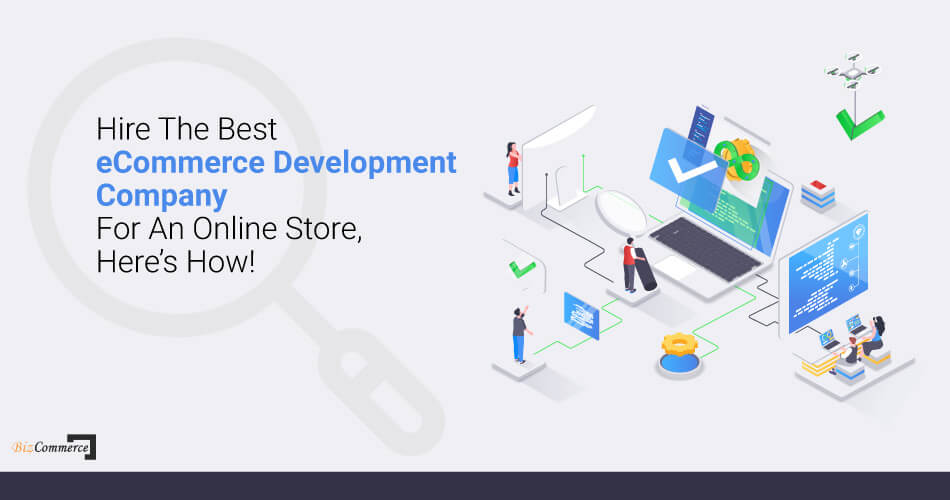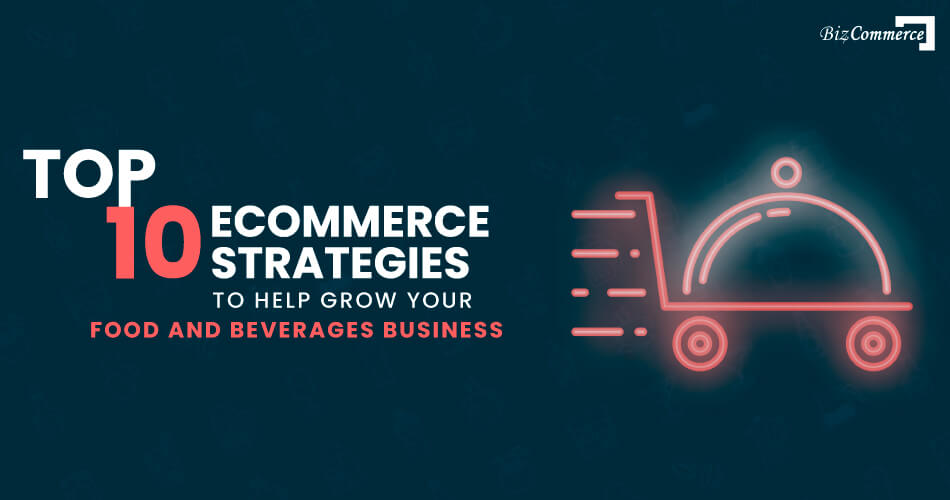How eCommerce Solves the Challenges Faced by Sport Goods Manufacturers?
The growth in the sporting goods industry is well-known to one and all. It is easily one of the most competitive and dynamic industries around the world with revenue estimates surging up to USD 82 billion by the end of the year 2023.
One of the many factors responsible for this spectacular growth is the advent of eCommerce into the sporting goods industry. The ball sports segment, with a CAGR of 4.1%, alone will surpass USD 28 billion by the end of 2023. However, a major portion of sports items sales still comes from traditional brick-and-mortar stores. Though it has been a really successful business model to initiate direct B2C sales in the sporting goods industry, it has started to witness numerous issues lately. Every couple of months, models of sporting equipment tend to upgrade in order to improve performance. This leaves the stock outdated causing trouble to sell them out through physical outlets. Furthermore, due to rising competition, today’s tech-savvy and cost-sensitive customers have a plethora of alternatives to buy certain sports equipment or merchandise at a really competitive price. The seasonality of the market also plays a major role in decreasing the profit margins of sellers.
We cannot deny the fact that the sporting industry is on its run to success, but like any other business, it also needs to upgrade with time. Thankfully, the sporting goods industry is seeing a shift from in-store sales to online shopping due to customer trends showing an inclination towards fitness and a healthy lifestyle. Sports goods manufacturers are also banking upon the trend and fueling it further with celebrity partnerships to derive higher profits and exponential growth.
How is eCommerce benefiting traditional retail stores?
According to recent industry analysis, the global sporting goods market surpassed USD 60 billion in 2018. A lot of these numbers can be accredited to the pervasive adoption of online shopping. Customers are far more inquisitive and demanding, especially when it comes to sporting goods and merchandise. These changing customer trends also reflect in a whopping 159% growth that online shopping stores have witnessed lately. Sporting goods businesses are looking for trusted eCommerce platforms like Biz4Commerce to get their online store up and running within a matter of a few weeks. The developers at Biz4Commerce are well-versed with the best practices and market trends to offer you eCommerce solutions that don’t just perform well but outrun your competitors as well.
Dealing with the challenges of traditions stores
The traditional sports goods and merchandise retailers have been facing issues like changing models, rising competition, demand for good UX at a lesser price, and seasonal demand. However, with eCommerce taking a lead, issues like these seem to resolve automatically. Let’s see how
1) Customer Reach
It is pretty evident that the sporting goods industry is one of the most dynamic industries of all. The interests of the customers keep shifting from time to time, depending upon factors like seasonality. Retailers often pendulate between issues like outdated inventory and the unavailability of newer stock. With an eCommerce store, you can ensure customer satisfaction by providing them whatever model or merchandise they want. It comes up as an alternate channel to help you convert sales and achieve higher profit margins conveniently.
2) Marketing and Promotion
Unlike traditional brick and mortar stores, online eCommerce stores come with both cross-selling and up-selling features. You can easily leverage these features along with its marketing and promotional capabilities to attract a newer customer base. It acts as a multi-channel sales platform to convert customers and offer them an impeccable customer experience.
3) Beat the Competition
It is only fair to say that with exponential growth comes immense competition. And that is the same scenario with the sporting goods industry. Here, every involved party can be your competition, be it specialty sports shop, specialty fitness, pro shops, department stores, discount stores, warehouse clubs, e-commerce stores, manufacturers, and others. Only with an eCommerce store, you can level the competition by letting your customers reach out to you through various channels that too at good profits.
4) Inventory Management
Retailers often face the challenge of inventory management depending upon the seasonality and customer interests. Traditional store owners need to forecast and update their inventory to avoid loss of sales due to outdated or unavailability of products. An online e-commerce store not only solves the issue of inventory management but also helps you increase sales. Most eCommerce stores come integrated with centralized inventory to help with efficient management, thereby avoiding over-selling and under-selling of stock.
5) Decreasing Margins
This is the most relatable and prominent issue while listing down the challenges of owning a physical store for your sporting goods and merchandise business. Factors like increasing labor cost, operational & material cost, and expensive warehouses and storage space add to the prevalent stock issues. To overcome these challenges, store owners are bound to adopt the B2C approach which is only possible through an e-commerce platform.
As discussed before, with an eCommerce store, retailers can easily leverage the capabilities of digital marketing and promotion to drive in relevant customers. They can advertise their business and sell directly through various channels including renowned platforms like eBay and Amazon to ensure a constant flow of inventory and stocks.
Conclusion
MBy targeting a particular segment of customers and investing in effective sales strategies, one can ensure the success of their sports goods eCommerce store . As a business owner, you can make use of the customer data and understand the shifting customer and market trends. With good integrations and tools, you can dive deep into insights to forecast sales patterns for higher profitability. Once you understand the customer's interests, increasing the engagement via promotions and marketing becomes a cinch. Update your customers with new arrivals and relevant product recommendations to improve engagement. In addition to these, merging eCommerce and social media can help you build trust with your customers, resulting in improved conversions and passive advertisement for your brand.
Wish to get a customized eCommerce store for your sporting goods business? Reach out to our eCommerce experts to get a free consultation. Get your eCommerce store developed within 4-6 weeks. Contact us now
